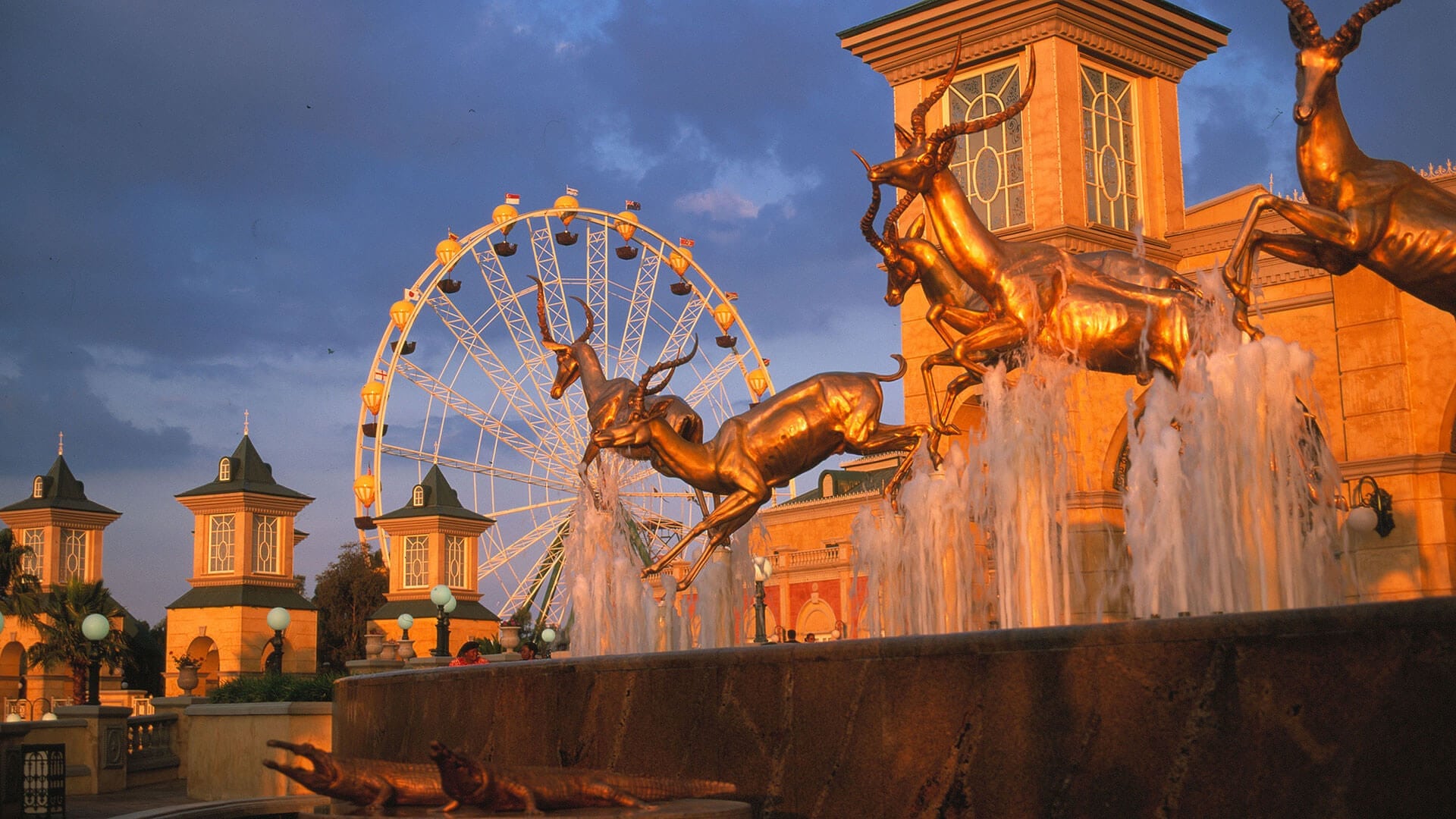The Single Strategy To Use For Johannesburg North Attractions
The Single Strategy To Use For Johannesburg North Attractions
Blog Article
Johannesburg North Attractions - The Facts
Table of ContentsThe Johannesburg North Attractions DiariesGetting The Johannesburg North Attractions To WorkThe 3-Minute Rule for Johannesburg North AttractionsThe Johannesburg North Attractions DiariesThe Buzz on Johannesburg North AttractionsRumored Buzz on Johannesburg North Attractions
The city owes its place to the visibility of an also more priceless source: gold. The city grew on the edge of the Witwatersrand Key Reef, a below ground stratum of gold-bearing quartz-silica empire that arcs for hundreds of miles beneath the Highveld. The majority of the gold mines in the city stopped procedure in the 1970s, but in its day the Witwatersrand gold market made up greater than 40 percent of the globe's annual gold production.Johannesburg has a warm climate. Summer temperatures average about 75 F (24 C); wintertime temperature levels balance concerning 55 F (13 C) and just periodically dip listed below cold. The city enjoys about 8 hours of sunshine daily in both wintertime and summer. Rain standards concerning 28 inches (700 millimetres) per year, yet the complete differs significantly from year to year.
What rain the city gets falls practically solely in the summertime, often in magnificent late-afternoon electric storms. Air pollution positions a substantial trouble, particularly in the cold weather, when thermal inversions hinder the westward flow of air from the Indian Sea. Air pollution is most serious in the densely cleared up Black townships on the city's perimeter, where several homeowners still rely upon coal for gas.

9 Simple Techniques For Johannesburg North Attractions
The balance of the city is occupied by whites. Accommodation differs in personality and top quality.
Physical growth, although somewhat limited by transportation, continued rapidly as immigration to South Africa, and Johannesburg in certain, increased substantially.
A lot of inadequate suburbs were mixed, with poor blacks and whites living with each other, although the wealthy suburbs were normally booked for whites. This changed with the election of the National Celebration in the 1948 elections, that began to formalise the system referred to as apartheid. Discrimination formally designated which residential areas each race might live in under the Group Locations Act.
The previous system of eleven phoned number areas was reorganised in 2006. Marshalltown, as seen from the top of the Carlton Centre. The M1 and M2 run behind the buildings, and the southern suburban areas prolong past the highway boundary. The internal city of Johannesburg is situated within the city's Area F. The approximated population of the region is 200,000, [] however the number of individuals living in the central city on an informal basis is unknown, as lots of are illegal aliens. Many higher-income homeowners and white people have relocated to the north suburban areas and have actually been changed by lower-income black people. The joblessness, education and learning, and age accounts of the location are all unknown, due to the problem of obtaining dependable information concerning the location.
Johannesburg North Attractions Fundamentals Explained
Centred on the CBD, the region includes the suburban areas of Yeoville, Bellevue, Troyeville, Jeppestown, and Berea to the eastern. To the west it spreads out to Pageview (Johannesburg North attractions) and Fordsburg. There are small industrial parks to the south, such as City West-Denver and Benrose. Around 800,000 travelers go through the central city on a daily basis, and it functions as a local shopping node for visitors from the southerly residential areas. Yeoville and Bellevue have a mix of home structures and solitary domestic units on small lots. The region lies on a mountainous divide that runs from eastern to west. The most noticeable geographic attribute is Observatory Ridge, which is named for the huge observatory located on it. The leisure areas are no longer made use click this of, as a result of security troubles.

Getting The Johannesburg North Attractions To Work
The eastern suburbs are some of the oldest locations of Johannesburg, there are big communities of Jewish and other European backgrounds, the bulk of the populace is English speaking. There are three golf training courses as well as a number of safeguarded ridges with viewsites.
The location is mainly made up of old "matchbox" houses, or four-room houses developed by the government, that were developed to give affordable holiday accommodation for black employees throughout apartheid. Soweto is an abbreviation, meaning "South Western Townships". Street after street around is lined with original site matchboxes; nevertheless, there are a few smaller areas where thriving Sowetans have actually constructed residences that are extra similar in stature with those in even more affluent suburban areas.
Hostels are an additional noticeable physical attribute of Soweto. Initially built to house male migrant workers, many have actually been boosted as houses for pairs and households. The N1 Western Bypass skirts the eastern limit of Soweto. The suburb was not traditionally permitted to produce work centres within the location, so almost all of its residents are commuters to other parts of the city.
Excitement About Johannesburg North Attractions
The domestic locations in the north suburban areas are mainly formal, with no considerable locations of informal housing, or housing that lacks a long-term structure. This is a well-known location, there is a trend of land use change from domestic to business, specifically along major arterial roadways and around well-known nodes.
Roadways official site to the east and west are less well created, as there are no freeways travelling in that instructions. In the direction of the northern border of the city, the thickness of growth lowers, leaving big areas of undeveloped land around Midrand.
Not known Incorrect Statements About Johannesburg North Attractions
, which is situated on a hillside overlooking the internal city and Hillbrow.
Report this page